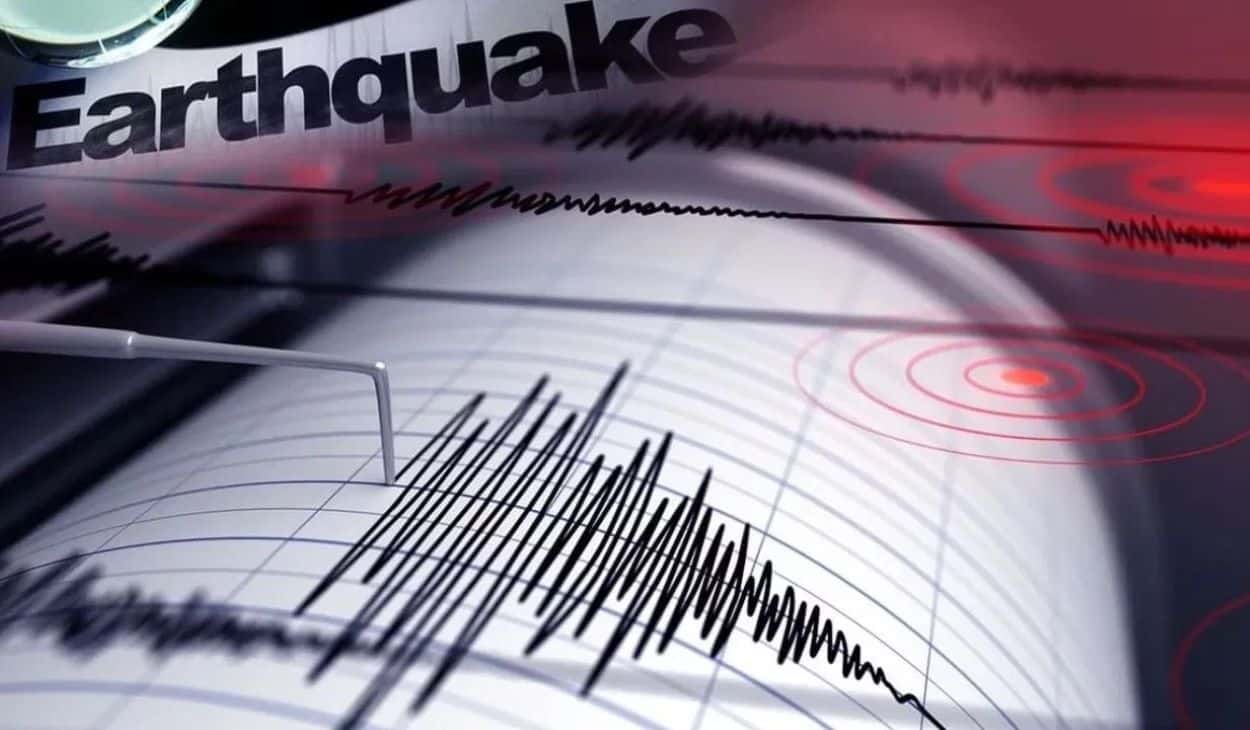Pakistan experienced its third earthquake in 24 hours on June 29, 2025, with a 3.8-magnitude quake striking at a shallow depth of 15 km, according to the National Centre for Seismology (NCS).
The most recent earthquake, with a magnitude of 3.8, occurred at 11:21 IST on June 29, 2025, at coordinates 32.03°N, 72.31°E in Pakistan. The NCS reported its shallow depth of 15km, which increases the risk of aftershocks and stronger ground shaking. Earlier that day, a 4.5 magnitude quake struck at 08:02 IST at 30.24 N, 69.86 E with a depth of 10km, followed by a 5.2 magnitude event at 03:54 IST at 30.25 N, 69.82 E, but at a deeper depth of 150km. No immediate casualties or major damage have been reported, though authorities await further details.
Pakistan ranks among the world’s most seismically active regions due to its position on the collision zone of the Eurasian and Indian tectonic plates. Provinces like Balochistan, Khyber Pakhtunkhwa, Gilgit-Baltistan, and the Federally Administered Tribal Areas sit on the Eurasian plate’s southern edge. At the same time, Sindh, Punjab, and Pakistan-occupied Jammu and Kashmir lie on the Indian plate’s northwestern edge. This tectonic overlap fuels frequent and often destructive earthquakes, with shallow quakes posing greater risks due to intense surface shaking.
Read: 3.2 Magnitude Earthquake Strikes Karachi
The trio of earthquakes underscores Pakistan’s ongoing seismic threat, particularly from shallow quakes that can cause significant damage. While no major impacts have been reported, the risk of aftershocks remains. Monitoring and preparedness are critical in this geologically volatile region to mitigate potential harm.






